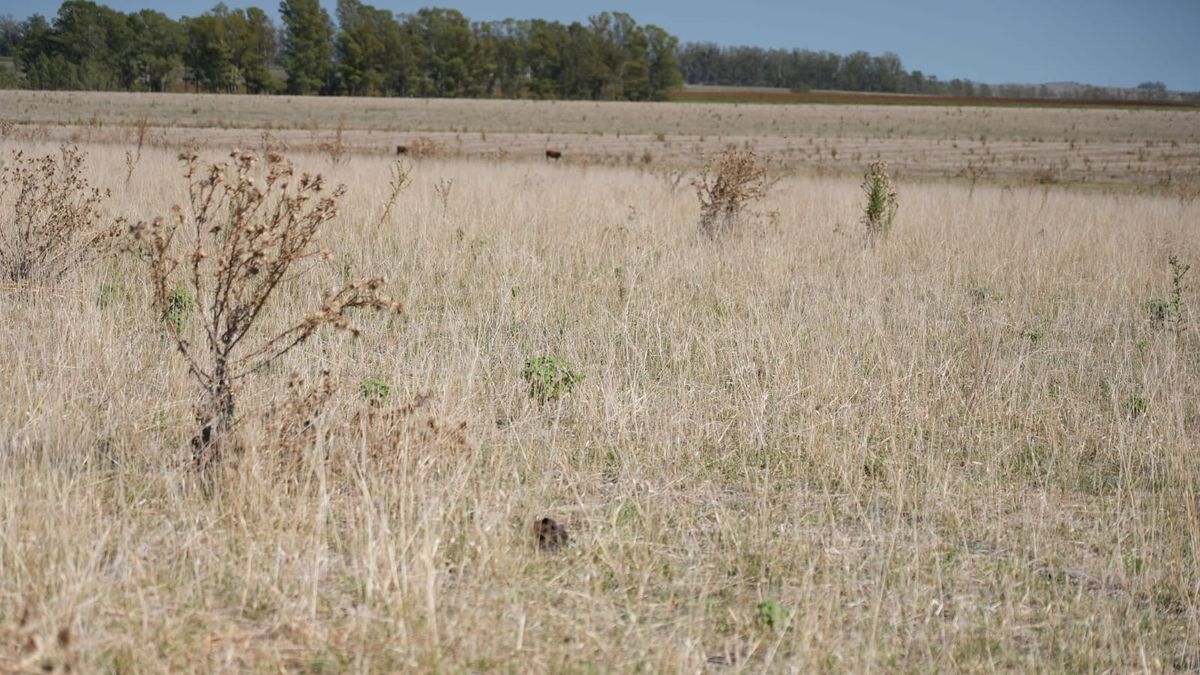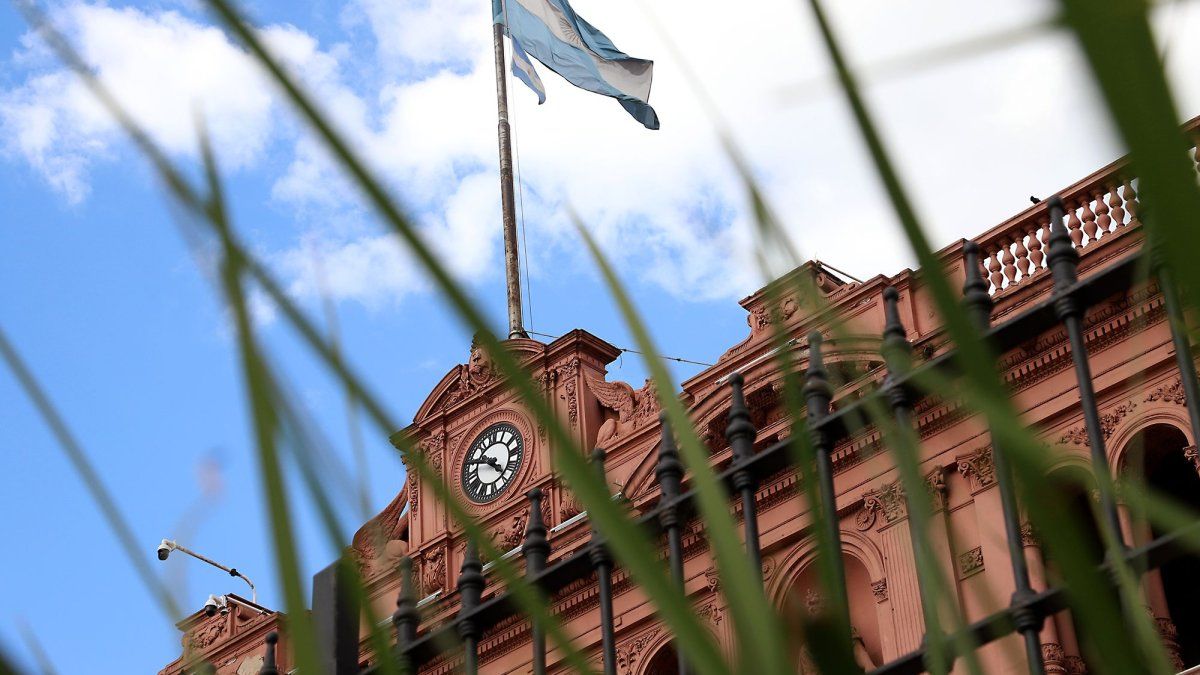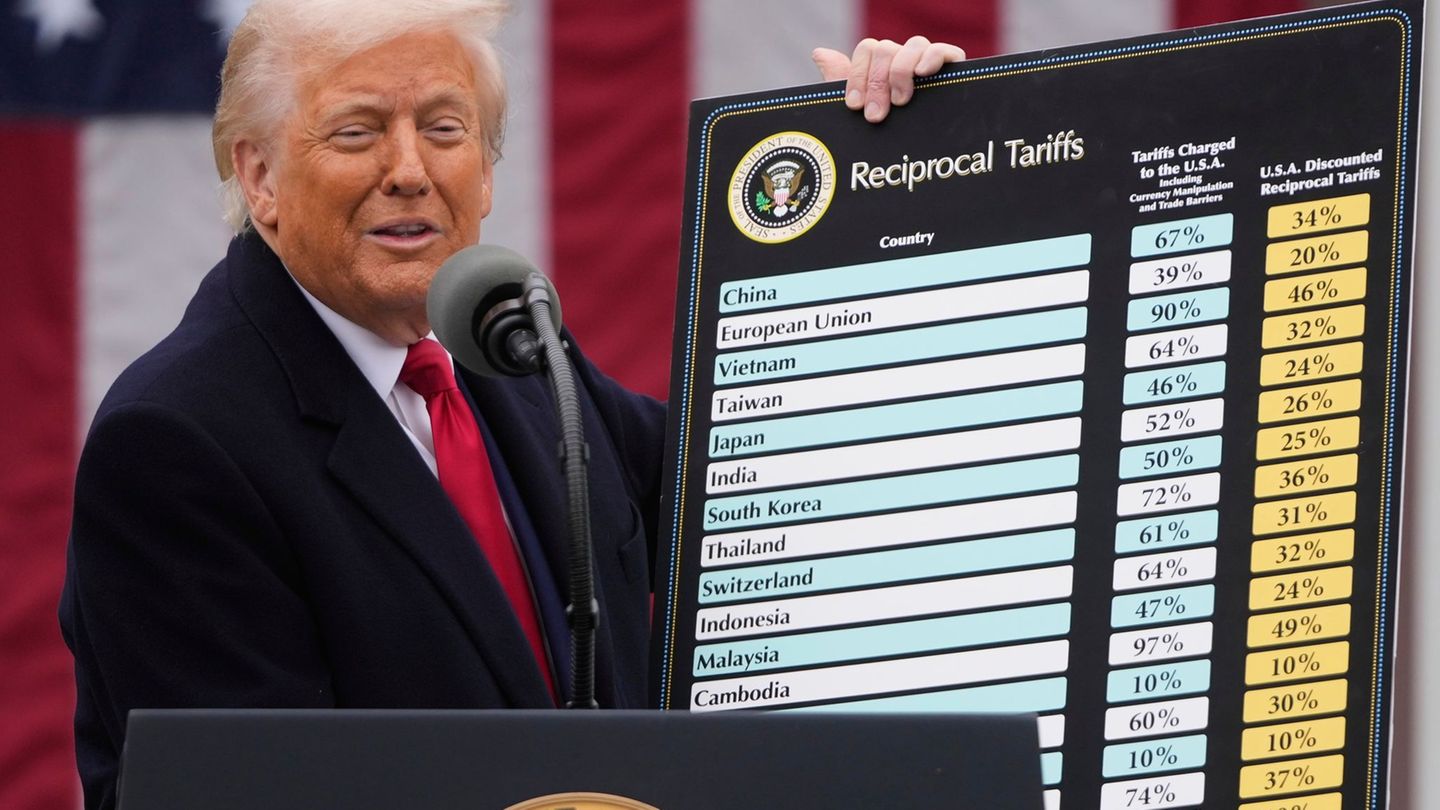The field received the rainy as good news, but although they contributed to energize the cattle marketwere not enough to improve a harvest strongly damaged by the extreme drought that affects Uruguay.
The price of the grazing steer has strengthened once again in the last week. The best-trained, special, and volume animals are priced at $4.40 per kilo carcass and even a few cents more, industry operators said. Although there is still very little supply in this category, as reported Blasina and Associates.
For their part, fat cows show a significant price gap with respect to fat cows, with values between 3.80 and 3.90 dollars per kilo. But the significant increase in supplies of this type of cattle —driven by the drought— could begin to slow down and, as a consequence of the rains, balance values.
Likewise, the refrigerator demand It continues to be interesting, with slaughter levels above 45,000 heads for the last six weeks. In the last week the industry slaughtered 47,347 animals, an increase of 5% after three weeks of decline.
The rise in fat cattle prices and the stable values that the replacement maintains are allowing feedlots to reactivate their activity, slowed down since the second half of 2022.
With a weekly average of $4,471 per ton and $4,413 for the last 30 days, the price of exported meat remains 10% above the values at the beginning of February. In the last week, the rise that had been going on for four consecutive weeks came to a halt. And possible increases are expected against the growth of cases of African sponsor fever in China.
Although the great protagonist was the significant rains in almost the entire country, which improve the positioning of livestock producers and will begin to balance the offer, especially in the replacement categories.
The rains for agriculture were necessary but insufficient
The biggest catastrophe of Uruguayan summer agriculture was confirmed during the Expoactive, with the loss of around 80% of soybean production compared to 2022: between 500,000 and 600,000 tons against almost 2.8 million tons.
The drought affected even the crops under irrigation, which will noticeably lose productivity, despite the fact that initially it seemed that there would not be much of an impact. Much of the agricultural area of the southern coast has not even received rain in the last week.
Insurers will also see the impacts of the drought in the high amounts that they will have to disburse to producers whose crops are insured against water deficit.
In Argentina, the Buenos Aires Grain Exchange (BCBA) it again revised downward the estimates of soybean and corn production, and cut four million tons (-14%) of the current harvest, taking it from 29 to 25 million tons.
It is a 42% drop compared to the previous campaign (43.3 million tons) and 48% less than the first estimate for this year: 48 million tons. Also, it is about lowest level of production in 23 yearsonly above the 20.1 million tons produced in 1999/2000.
For corn, the reduction was 1.5 million tons (-4%), taking it from 37.5 to 36 million tons and marking a drop of 31% in relation to the previous season. The scarcity of the grain worsens both for the Argentine and Uruguayan markets.
Source: Ambito




